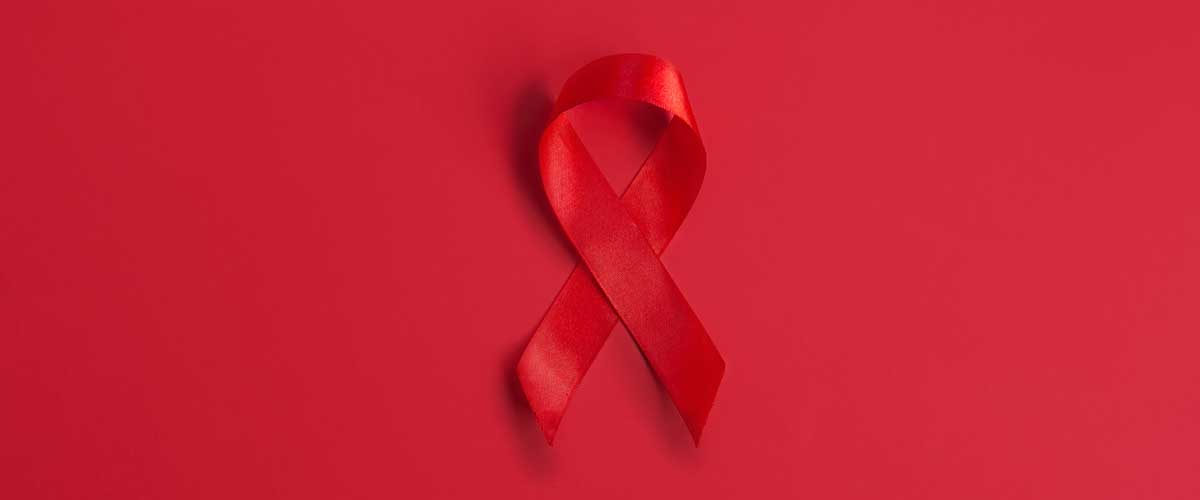The History of Red Ribbon Week

Enrique (Kiki) S. Camarena was born on July 26, 1947, in Mexicali, Mexico. He graduated from Calexico High School in Calexico, Calif., in 1966, and in 1968, he joined the U.S. Marine Corps. After serving in the Marine Corps for two years, he worked as a police officer for four years.
On June 28, 1974, he joined the Drug Enforcement Administration (DEA). His first assignment as a special agent with DEA was in a familiar place—Calexico. In 1981, Camarena transferred to Guadalajara, Mexico, where he stayed on the trail of the country's biggest marijuana and cocaine traffickers.
In early 1985, he was close to unlocking a multi-billion dollar drug pipeline. However, before he was able to expose the operations, he was kidnapped on February 7, while headed to a luncheon with his wife, Mika. Five armed men surrounded Camarena, threw him into a car, and sped away. That was the last time anyone, but his kidnappers, saw him alive.
It is believed that Special Agent Camarena was killed two days later, but his body was not discovered until March 5, 1985. He was 37 years old and was survived by his wife and their three children, Enrique, Daniel, and Erik. During his 11 years with the DEA, Camarena received two Sustained Superior Performance Awards, a Special Achievement Award, and, posthumously, the Administrator’s Award of Honor, the highest award granted by the DEA.
Shortly after Camarena’s death, Congressman Duncan Hunter and high school friend Henry Lozano launched Camarena Clubs in the slain agent's hometown of Calexico. Hundreds of club members wore red ribbons and pledged to lead drug-free lives to honor the sacrifices made by Camarena and others.
Red Ribbon Week eventually gained momentum throughout California and later the United States. The campaign was formalized in 1988 with President and Mrs. Reagan serving as honorary chairpersons.
Today, the eight-day celebration is sponsored by the National Family Partnership and has become the annual catalyst to show intolerance for drugs in schools, workplaces, and communities. Each year, during the last week in October, more than 80 million young people and adults show their commitment to a healthy, drug-free life by wearing or displaying the Red Ribbon.